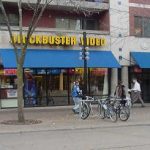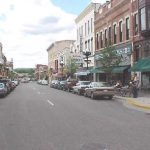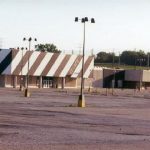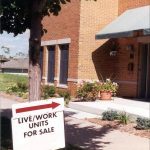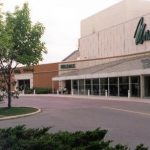Downtowns and Chain Businesses – Part 2: Strategies to Attract and Deter Development
The previous edition of “Let’s Talk Business” summarized many of the pros and cons of chain stores locating in downtowns. After weighing these pros and cons, a downtown organization may want to consider either active pursuit of chain stores or have methods for deterring their development. Accordingly, the following discussion presents some strategies for attracting or deterring chain businesses.
Read More...

